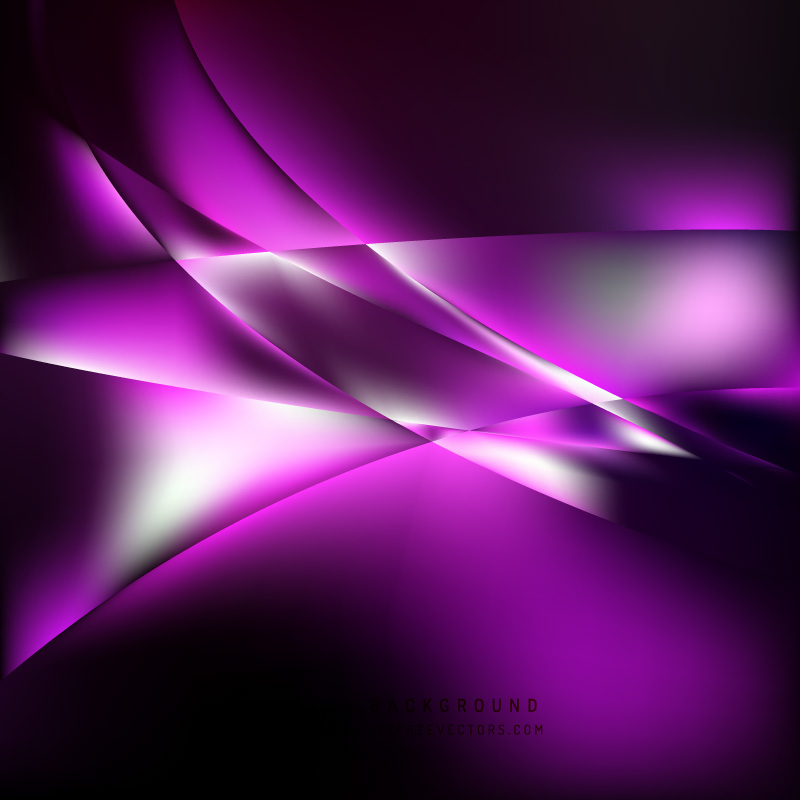

Some overdid it, which led other people to hate them for their arrogance. Alongside other royal ornaments like mirrors, only rich people were able to afford purple colors centuries ago. Extravagance and Arroganceīecause purple is the color of luxury, some people have abused it to express their status within society. Here are the negative meanings of purple. Purple does have some negative connotations, especially where there is too much of this color present. It’s a warm color that denotes passion in love. In other cases, purple is a part of the spectrum of colors used to portray the pride flag. Several same-sex rights movements use the purple color to display their fight against oppression and judgment. Its idealistic nature inspires young people who use it as their favorite color. Because of this, purple is commonly seen in cartoons and it’s often the favorite color of children, especially girls, as well as teenagers. It’s a slightly abstract color that represents a route away from reality. It’s also a color of meditation and spiritual peace.īecause of this spiritual nature of purple, it is very often present in Churches. It represents the harmony of our body and mind, which is partly connected to the fact that this color combines red and blue. There’s a playful and mysterious nature about purple which makes it a fantastical color.Īrtists, poets, musicians, and creative minds have always been inspired by the purple color, and it’s partly because of this very reason. It’s a color of dreams and cartoons, and it’s also a favorite with kids. Fantasyīecause purple is such an unusual color, it carries a degree of mystery and fantasy. It also stands out from other colors.Īnd because it combines blue and red, it manages to convey a feeling of independence and strength. Because it combines the strong character of the red color and the wisdom and the nobility of the blue color, it’s a powerful combination. The purple color is closely connected with power. Only emperors wore purple clothing, though. Some historical sources argue it was present ever since Ancient Egypt, although it’s not clear how the dye was produced. But before that, it was only accessible for the higher echelons of society who could afford to buy purple dyes. Since the end of the 19th century with Industrialization, purple has come to play a bigger part in everyday lives. It was rare to see a “commoner” wearing purple clothes during the Middle Ages and in Ancient times. The so-called Sumptuary Laws forbid anyone that’s not a part of the royal family to wear purple clothing. Even during Rome and Ancient Egypt, only rulers were able to afford purple clothing.ĭuring Elizabeth I’s reign, the purple color was reserved for the royal family alone by law. It was outrageously expensive, which only made it possible for rulers to have it. It’s partly connected to the meaning of the purple color – because it combines red (passion) and blue (royalty – see also: blue orchids), it creates the perfect combination that represents royalty.įor quite some time, purple was also rare and inaccessible to the common folk. Royaltyįor many centuries, the purple color has been one of the more notable colors for royal families. Conclusion The Positive Symbolism of Purple 1.


 0 kommentar(er)
0 kommentar(er)
